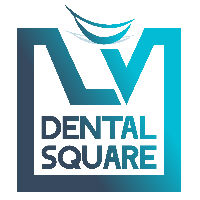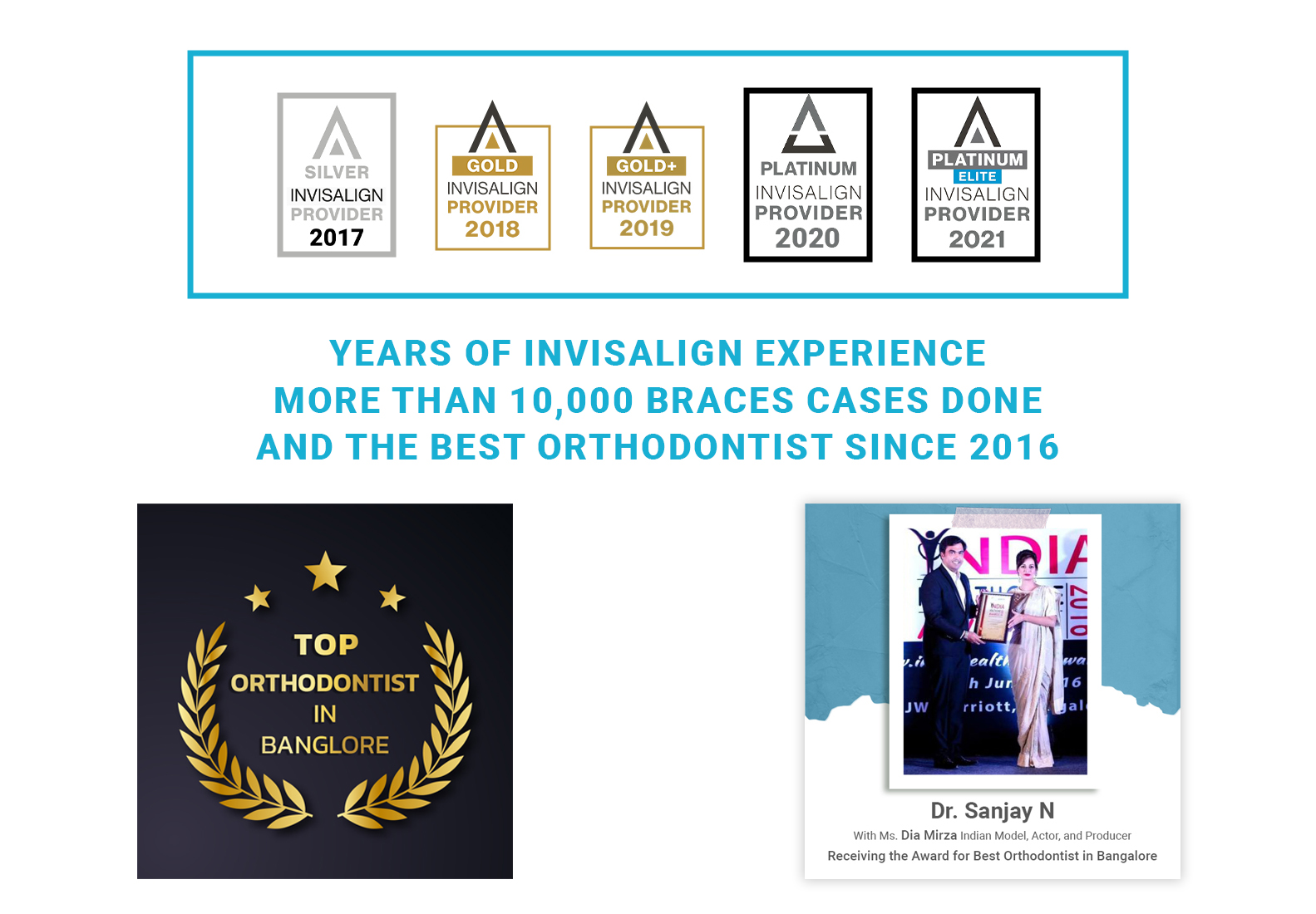
Facial Asymmetry: An Introduction
Facial asymmetry is a natural occurrence that affects all individuals, regardless of age, gender, or race. It refers to the lack of perfect symmetry between the two sides of the face. While some degree of asymmetry is normal and even expected, significant or noticeable asymmetry can cause distress, particularly in those who place a high value on physical appearance. Knowing about the conditions and learning how to fix asymmetrical face causes will be helpful.
What Causes Facial Asymmetry?
Facial asymmetry can occur for several reasons, ranging from genetics to environmental factors. Here are some common asymmetrical face causes:
Genetics
Genetics plays a significant role in determining facial symmetry. Some individuals are born with facial asymmetry due to genetic variations that affect the size and shape of facial bones, muscles, and tissues.
Developmental factors
Facial asymmetry can also result from developmental factors, such as how the face develops in the womb, and during childhood. Trauma, disease, and infections during these periods can also cause facial asymmetry.
Lifestyle habits
Lifestyle habits such as sleeping position, the way you chew, and repetitive facial movements can also contribute to facial asymmetry. For instance, sleeping on one side of your face for extended periods can cause pressure on that side of the face, leading to facial asymmetry over time.
Injury
Injury or trauma to the face can also cause facial asymmetry. For example, a broken nose or jaw can lead to changes in facial symmetry.
How Facial Asymmetry Affects the Human Body
Facial asymmetry can affect the human body in several ways, both physical and psychological. Here are some ways in which facial asymmetry can impact the body:
Perception of attractiveness
Facial symmetry is often associated with physical attractiveness, and people with more symmetrical faces are often deemed more attractive than those with asymmetrical faces. As a result, facial asymmetry can affect an individual’s self-esteem and confidence.
Impact on health
Facial asymmetry can also impact an individual’s physical health. For instance, misaligned teeth due to jaw asymmetry can lead to problems such as difficulty in chewing and speech impairment. Asymmetric facial muscles can also cause tension headaches and temporomandibular joint (TMJ) disorders. Knowing how to fix asymmetrical face issues is critical in such cases.
Emotional well-being
Facial asymmetry can also impact an individual’s emotional well-being. People with facial asymmetry may experience feelings of self-consciousness and embarrassment, which can lead to social anxiety and depression.
Perception of personality
Studies have shown that facial asymmetry can affect the perception of an individual’s personality. For instance, people with more asymmetrical faces are often perceived as less trustworthy, less dominant, and less likable than those with more symmetrical faces.
Facial asymmetry is a natural occurrence that affects all individuals to some degree. While some level of asymmetry is normal, significant asymmetry can impact an individual’s physical and emotional well-being. Understanding the science behind facial asymmetry can help individuals identify the causes and seek appropriate treatment if necessary.
Facial Asymmetry and Its Impact on Dental Health
Facial asymmetry can have a significant impact on dental health, particularly on the alignment of teeth. If the jaw is not aligned correctly, it can lead to an uneven bite and cause stress on the teeth and jaw muscles. As a result, this can lead to various dental issues such as crowded or crooked teeth, gum recession, and even tooth loss.
In some cases, dental treatments such as braces or clear aligners may be necessary to correct dental issues caused by asymmetrical face causes. However, in more severe cases, surgical intervention may be required. Therefore, it is essential to address facial asymmetry to prevent further dental problems from arising.

Dr. Sanjay N is one among the few best Orthodontists in Bangalore who specialises in Invisalign (invisible braces), Damon Braces, and Ceramic braces, and Lingual Braces. He is a keen academician and servers as an Associate Professor at Rajiv Gandhi Dental College & Hospital, Hebbal has been training Post Graduate dental Aspirants in orthodontics since past decade and has has 4 International and 10 National Publications to his credit. Dr. Sanjay has been awarded as the “Best Orthodontist in Bangalore” at the Healthcare Awards in 2016.

